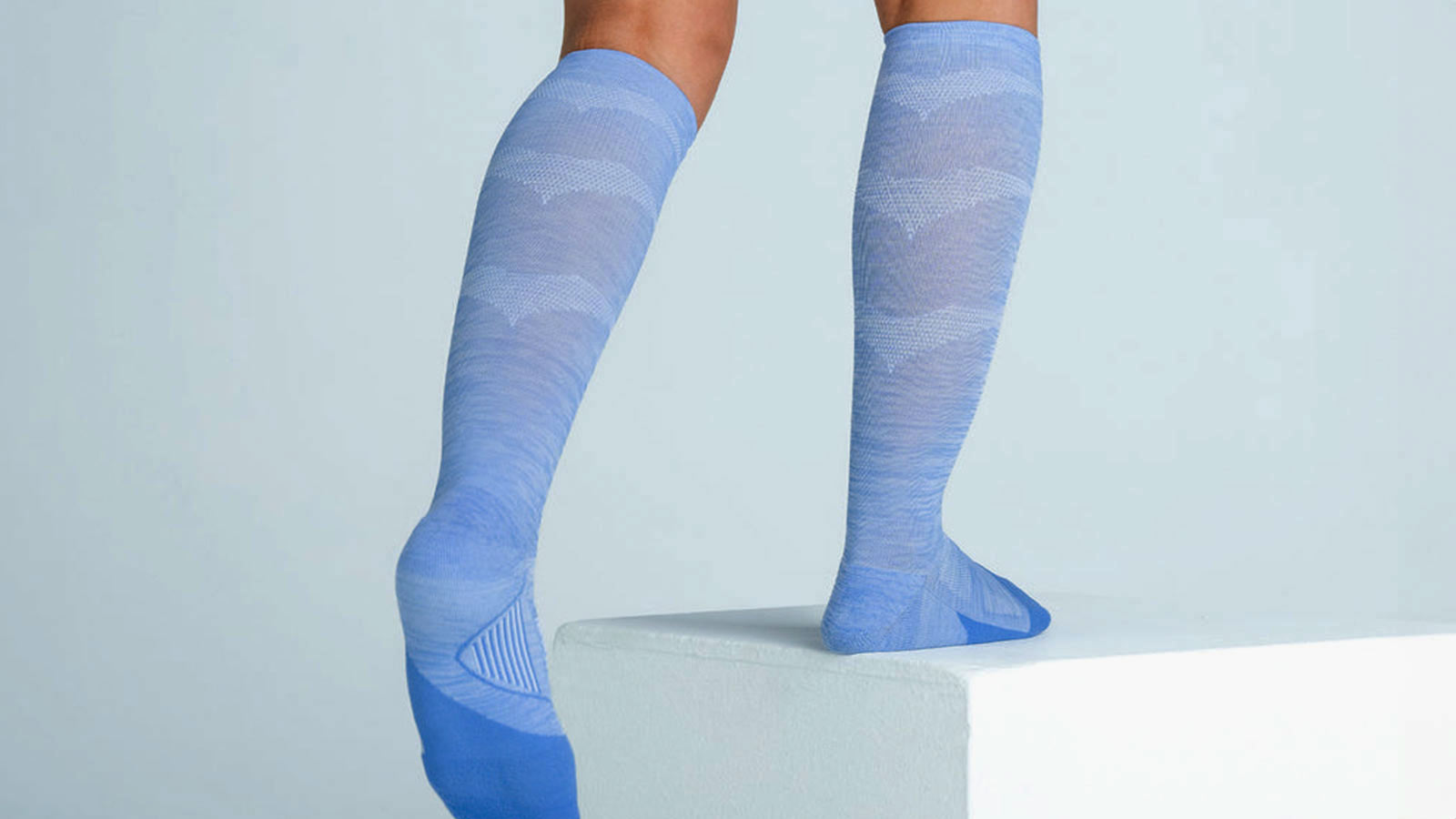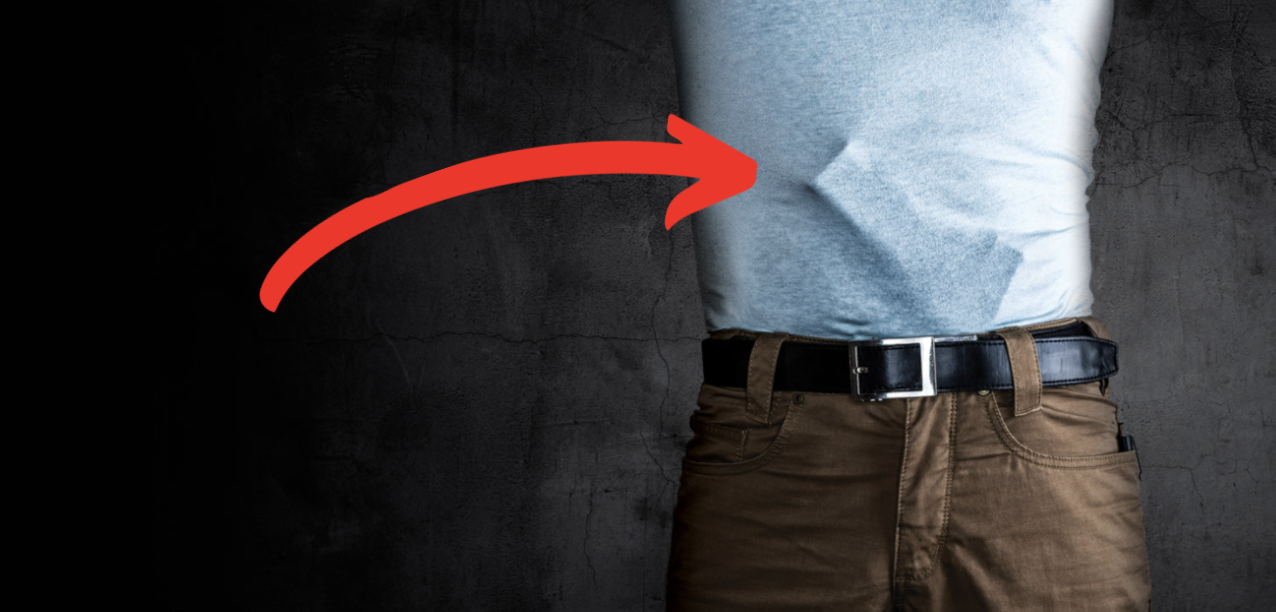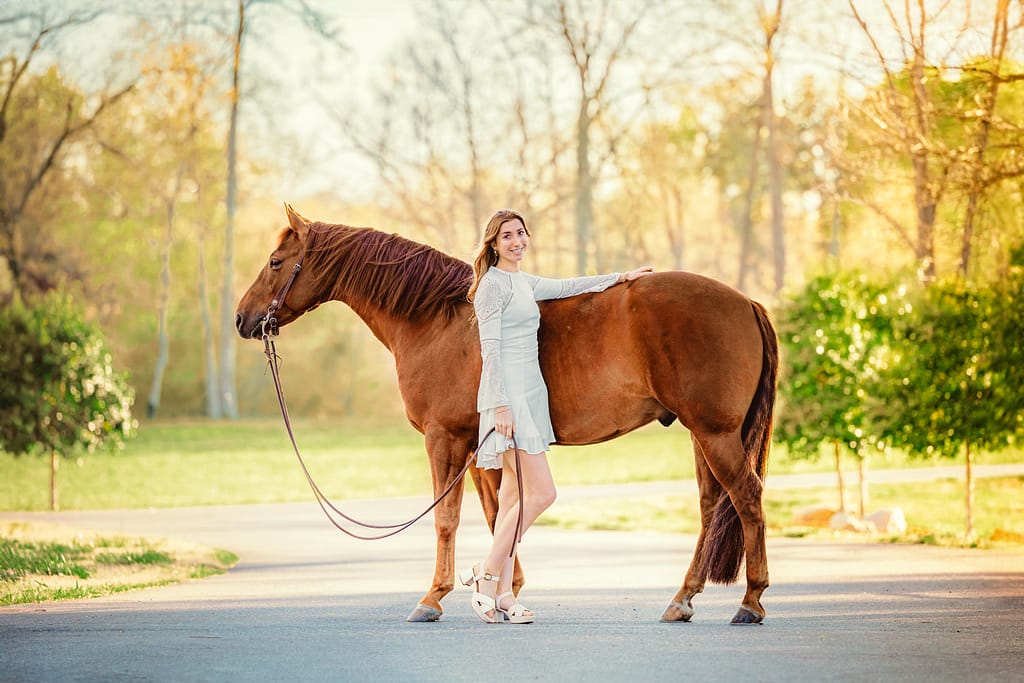Slow Factory – an organization dedicated to improving sustainable literacy in fashion – called Climate Positivity at Scale. The conference was aimed at fashion insiders, with the goal of getting us to think of solutions to reduce the alarming amount of pollution fast fashion creates each year.
” data-reactid=”32″>
I attended a conference earlier this year hosted by Slow Factory – an organization dedicated to improving sustainable literacy in fashion – called Climate Positivity at Scale. The conference was aimed at fashion insiders, with the goal of getting us to think of solutions to reduce the alarming amount of pollution fast fashion creates each year.
throwaway culture, but not a lot of consensus about the other factors that contribute to our environment.” data-reactid=”33″>Slow Factory’s founder, Céline Semaan-Vernon, shared that the majority of carbon emission and greenhouse gases released into the air from fashion, happens in the material phase, meaning the manufacturing, dying of yarns, and the creation of raw fibers all play a huge role. For years now, there’s been a lot of talk about fast fashion, or big brands that release seasonal trends at low prices and rapid speeds, playing a big role in throwaway culture, but not a lot of consensus about the other factors that contribute to our environment.
COVID-19, we’ve been reminded of the positive impact not driving and consuming has done for the climate. Crops are flourishing, birds are singing, and our oceans are a lot cleaner.” data-reactid=”34″>I think it’s easy to forget how intrinsically linked we are to the environment. Thanks to stay-at-home orders during COVID-19, we’ve been reminded of the positive impact not driving and consuming has done for the climate. Crops are flourishing, birds are singing, and our oceans are a lot cleaner.
online shopping at an all time high? Why are consumers still throwing money at fashion trends when they have nowhere to go? And why do we still feel like we can’t repeat outfits? The short answer I’ve landed on: fashion influencers.” data-reactid=”35″>So why then is online shopping at an all time high? Why are consumers still throwing money at fashion trends when they have nowhere to go? And why do we still feel like we can’t repeat outfits? The short answer I’ve landed on: fashion influencers.
swipe-up features, giving easy access to all the items they wear.” data-reactid=”40″>Fashion influencers are also fueling wear-once culture. These superstylish individuals leverage their social-media following to influence others and promote consumption. Fashion influencers have established relationships with brands, many of them being fast fashion brands, and create and post content in support of those brands. They share discount codes and show off the products in photographs on their grid or stories with innovative, you-wish-you-were-there backgrounds and captions. But maybe most importantly, and the biggest factor in their contribution to wear-once culture, they reinforce that buy-now mentality with swipe-up features, giving easy access to all the items they wear.
Before Instagram, I spent hours tracking down items. I’d see a cool shirt or trousers online and I’d message the person begging for the brand name. If they didn’t respond fast enough, I’d go down a rabbit hole, googling something crazy like, “one-pocket, light green, without a zipper, off the shoulder shirt.” If I saw someone IRL, I’d just go up to the person and ask about it. They were always happy to tell me. The swipe-up technology that Instagram offers their high-following accounts, like influencers, allows followers to view and purchase entire outfits worn by their admirers in a matter of seconds. The convenience is unmatched.

Photographer: Benjamin StoneInternal and editorial use approved. OK for Native and co-branded use.
haul videos. A haul video is where a fashion influencer unpacks the entirety of a shopping trip or gift box from a brand. Admittedly, they are strangely watchable and very popular. What I hate about these hauls – and usually the point where I click out of these – is the part where the influencer will say something like, “You can never have too many white tees,” or, ” I mean they’re $50 for a pack of five, so why wouldn’t you?” I get that their income relies on commission from their followers purchasing the item under the discount code, but this kind of dialogue helps to normalize disposable fashion.” data-reactid=”62″>Anyways, I’ve stomached through a couple of famous influencer haul videos. A haul video is where a fashion influencer unpacks the entirety of a shopping trip or gift box from a brand. Admittedly, they are strangely watchable and very popular. What I hate about these hauls – and usually the point where I click out of these – is the part where the influencer will say something like, “You can never have too many white tees,” or, ” I mean they’re $50 for a pack of five, so why wouldn’t you?” I get that their income relies on commission from their followers purchasing the item under the discount code, but this kind of dialogue helps to normalize disposable fashion.
2,900 gallons of water. On top of that, more than half of fast fashion is disposed of in under a year, while the average lifespan of a garment (the number of times it is worn before being discarded), has dropped by 36 percent compared to 15 years ago.” data-reactid=”67″>It signals to thousands – sometimes millions – of followers that they need more products. It also alerts brands to mass produce more items. This is highly problematic. Manufacturing a single pair of blue-jeans requires 2,900 gallons of water. On top of that, more than half of fast fashion is disposed of in under a year, while the average lifespan of a garment (the number of times it is worn before being discarded), has dropped by 36 percent compared to 15 years ago.
In the case of overproduction, excess clothing is dumped into landfills, further harming our planet. H&M reportedly burned $4.3 billion worth of clothing in 2018. Nike followed a similar practice in 2017, when they damaged out (or destroyed) bags and shoes that they weren’t able to sell. Are we telling consumers that when we have too many, we can just discard them, too?
The beautiful thing about the internet is how many fashion pieces you can find and how many incredible small brands you’re introduced to from all over the world. My friends and I constantly send influencer posts where items and brands are tagged. The influencer looks so good in the color or style that it’s hard to resist the snap-purchasing social media offers. Influencers trick you into thinking you have to have the item.
Samira Radmehr, a Southern California-based influencer who runs both an Instagram account and a fashion blog, admits to wearing a lot of fast fashion brands. When the majority of the affordable brands out there are fast fashion, it truly is hard to escape. Still, she makes an effort to highlight brands she’s vetted: “If we don’t align on certain topics, like animal cruelty to their commitment to social justice and diversity, then the collaboration may not be a good fit.” She often finds that fast fashion brands don’t fit into this mold.” data-reactid=”71″>Of course, not all influencers fuel fast fashion. And not all influencers promote the wear-once culture. Some advocate for sustainable brands and sustainable lifestyles. Sustainable fashion influencers are asking us to envision a world in which fashion is not actively harmful to the planet, but beneficial. Samira Radmehr, a Southern California-based influencer who runs both an Instagram account and a fashion blog, admits to wearing a lot of fast fashion brands. When the majority of the affordable brands out there are fast fashion, it truly is hard to escape. Still, she makes an effort to highlight brands she’s vetted: “If we don’t align on certain topics, like animal cruelty to their commitment to social justice and diversity, then the collaboration may not be a good fit.” She often finds that fast fashion brands don’t fit into this mold.
Instead of boasting about fast fashion and pushing her followers to continue to consume, she is using her online presence to promote ethical approaches to style. “I am starting to get more into shopping secondhand – exploring thrift stores more, buying secondhand online, shopping vintage,” she told me. “I am also donating more and reselling items I don’t need, and I’m doing little things around the home like recycling, reusing bags and water bottles, using clean beauty and makeup products, and trying to limit my plastic use,” all of which she shows her followers on Instagram. Her work is done not to shame consumers or keep her followers from buying clothes but to prioritize sustainability when it comes to style and consumption. Like Samira, I too hope sustainable fashion will get more followers. Fashion influencers are seen as modern-day celebrities – I would love to see them exercise their power and influence to promote sustainable practices that limit enhanced consumption.






